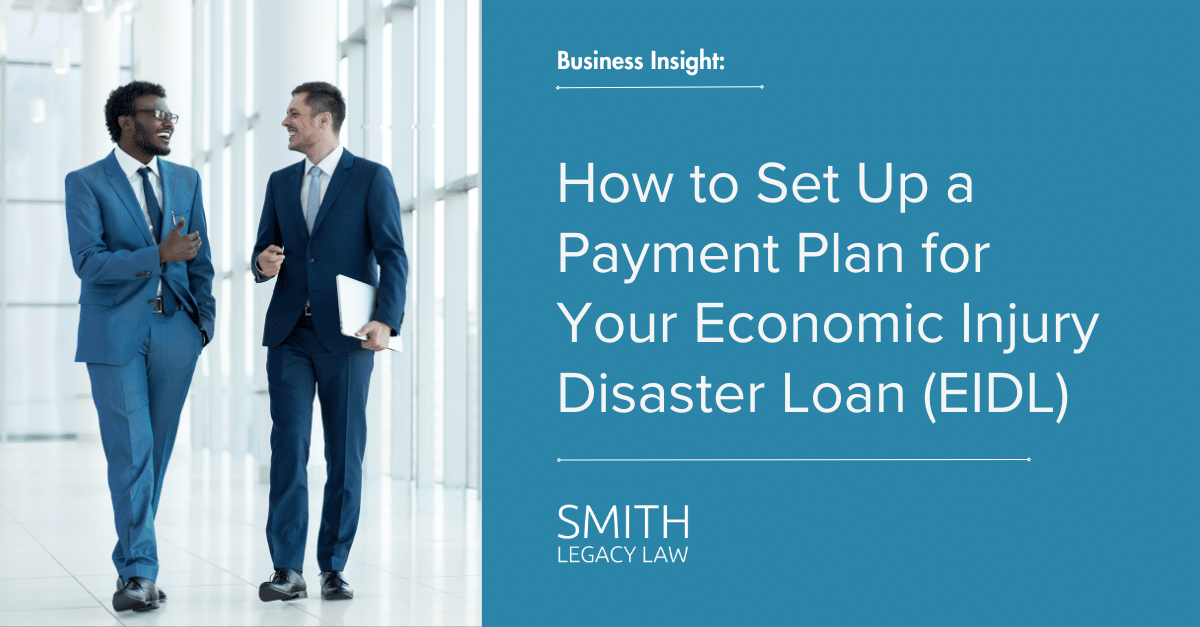As part of the Coronavirus Aid, Relief, and Economic Security (CARES) Act, the federal government expanded the Economic Injury Disaster Loan (EIDL) program to aid businesses affected by COVID-related disruptions. Businesses granted a loan were allowed to defer repayment of the loan for two years, so for some borrowers who received money early in the pandemic, it’s now time to set up a payment plan for their EIDL.
What Is the COVID Economic Injury Disaster Loan (EIDL) Program?
The original EIDL program provides low-cost loans to small businesses, small agricultural cooperatives, and most private nonprofit organizations located in a declared disaster area that have suffered a substantial economic injury. In response to COVID, EIDL was offered to small businesses struggling due to the effects of the pandemic.
The loans are low-interest, fixed-rate (3.75% for businesses), and long-term (30 years). They are offered directly from the Small Business Administration (SBA). Unlike Paycheck Protection Program loans, EIDLs must be repaid, but the money can be used for a wide array of operating expenses, including payroll, rent/mortgage, utilities, and other ordinary business expenses as well as to pay business debt incurred at any time.
On September 8, 2021, the maximum loan amount was increased from $500,000 to $2 million and the deferment period was extended to 24 months from one year.
Can You Still Get an EIDL?
The program is no longer accepting new applications as of January 1, 2022. However, borrowers can request increases of their loan up to the maximum amount for up to two years after their loan origination date, or until the funds in the program are exhausted, whichever is sooner.
When Do You Have to Repay Your EIDL?
Under the EIDL program, loan repayment is deferred for the first two years (with interest continuing to accrue). Monthly payments of principal and interest begin after the deferment period and are made over the remaining 28 years.
You can set up a payment program through the SBA website at Pay.gov and check your account balances and payment due date in the Capital Access Financial System (CAFS).
There is no penalty for prepayment, which is important, as you may want to reduce or pay off your loan sooner if you can afford it. However, before making any significant financial decision, it is important to discuss it with your financial and legal advisors to help you assess the impact on your business and personal finances.
Our attorneys and network of advisors can provide you with a comprehensive evaluation of your situation and strategic guidance on a wide variety of issues to help your business succeed. If you have any additional questions about the Economic Injury Disaster Loan or need other assistance, contact us today for a consultation.
